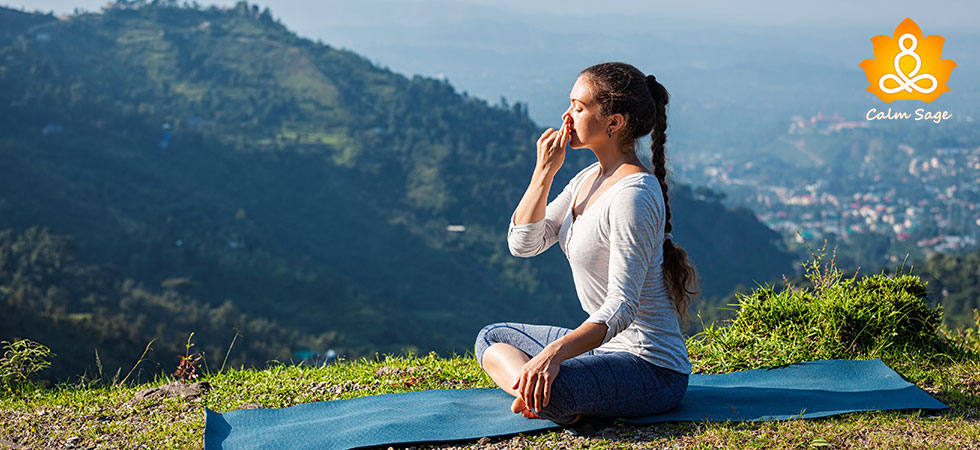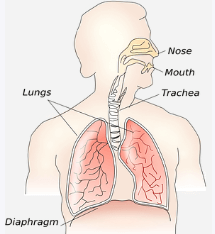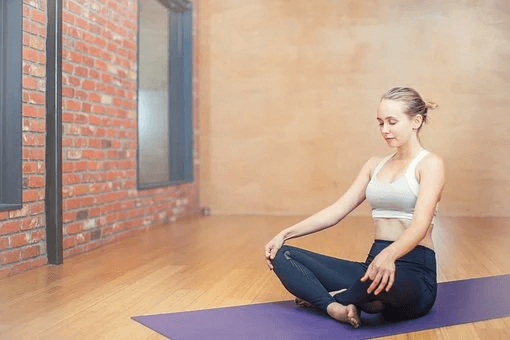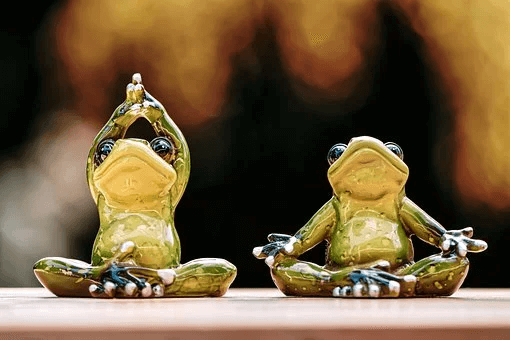What Is Diaphragmatic Breathing And Its Benefits

Diaphragmatic breathing is the correct way of using the diaphragm to breathe. It often consists of many health benefits, and this is our post all about. So let’s begin with the introduction of diaphragmatic exercise. Later, we will talk about all the diaphragmatic breathing benefits. This can be a great form to learn how to control breathing while going through a panic state.
What Is Diaphragmatic Breathing Exercise?
The diaphragm is a dome-shaped muscle located underneath the lungs. This plays a major role in breathing, and hence one must learn to use it correctly. This can be controlled by practicing the diaphragmatic breathing exercise. Therefore, learning requires us to be aware of the functioning first of all. The diaphragm is a muscle present in between the thoracic and abdominal cavity. Diaphragmatic exercise is also called eupnoea as a state of relaxed breathing in mammals. Eupnoea is scientifically stated as the state of relaxation among the mammals, which means no thoughts of danger. The diaphragmatic exercise involves one to breathe without moving with the chest but only through the belly. The diaphragmatic exercise helps a person to get several health benefits from it.

According to a study, it is said that diaphragmatic exercise helps the person to take in the maximum amount of oxygen. Also, this is very good for the bloodstream of a person to keep them healthy for longer-term time. This, in turn, interrupts the fight or flight technique in humans which can lead to stress or panic. So looking forward to all the diaphragmatic breathing benefits, one must learn the correct way to get into a routine.
So diaphragmatic exercises can be included in the exercise routine to relax and relieve stress. It is also essential to learn how to perform it as a stress-relieving activity correctly.

Let’s learn more about diaphragmatic exercise. In general, when we breathe air in and out, we rely on the movement of the chest. So, try and learn to take the deep breathing exercise routine, which involves lesser chest movement. Diaphragmatic exercise requires you to inhale, count up to 10 and then release the air slowly again with the count of 10. This process needs to be repeated several times, depending on your exercise routine day. Later, you can try to repeat this exercise several times in one day, which will make it easier for you to learn the diaphragmatic breathing exercise and inculcate it in daily life.
While some of the people practice diaphragmatic exercise as a relaxation technique to relieve from their stress, others may be doing it daily. This has been seen as a good breathing technique to help with high blood pressure, chronic headaches, digestive issues and several mental health problems.
Since the air consumption varies in the different parts of the lungs when the higher portion of the lungs is used it is called shallow breathing, on the other hand, on the lower portion of the lung is used for breathing is called deep breathing.
Steps To Perform The Diaphragmatic Exercise-
1. Lay down on the floor over a flat surface precisely the floor or the ground over the yoga mat.
2. Rest your head on a pillow to give it rise and bend your knees. If possible, place pillows under your knees so they get the proper rest as well.
3. Now place your one hand over your chest a little above the lungs. Place another hand right below the ribcage. It will allow you to notice the movement of your diaphragm as you exercise.
4. Now relax and start with breathing in slowly from your nose. Count from 1-5.
5. Note that your hand above your chest should make the least movement. And the stomach must be moving while you breathe in.
6. Now as you exhale count from 1-5 again and tighten your stomach muscles during this process.
7. This process is easier to practice while laying down at the beginning. Also, the count 1-5 is for the beginners and can be increased up to 1-10 as you make progress.
Now repeat this process while in sitting position to pursue this diaphragmatic breathing exercise as a stress buster. It is one of the biggest diaphragmatic exercise benefits.
1. Sit in a comfortable position with your shoulders relaxed and knees bent.
2. Now once again place one of your hands on your chest and the other below the ribcage.
3. Breathe in slowly from your nose while counting from 1 to 5 in your head and try not to move your chest. Only the belly should be making movement.
4. Now while you exhale, again count from 1 to 5 in your head and tighten your stomach muscles to avoid the chest movement.
5. As you try this same exercise in the sitting position, you will see the difference as this becomes a bit difficult not to make the chest move.
6. Just as the effort increases, the activity increases the strength of your stomach muscles and with regulated breathing.

With regular practice, diaphragmatic exercise is easy to practice in daily life. Once it is easy for you, the Diaphragmatic breathing exercise can be used to help you in many ways which are described in the next section.
Diaphragmatic Exercise Benefits –
Now you are familiar with the term diaphragmatic exercise let us learn the main benefits we are about to discover with this new learnt practice. These are the major diaphragmatic breathing benefits listed below for you to read-
1. It has been seen as beneficial for the patients of chronic obstructive pulmonary disease.
2. Cardiorespiratory fitness increases after the use of this technique in the daily lifestyle.
3. Also, the respiratory muscle, and benefits a lot from diaphragmatic exercise.
4. This works as a great help to the Asthma patients as this requires deep breathing. While performing Diaphragmatic exercise, a person inhales and exhales at a slower rate.
5. The people with Pectus Excavatum can highly benefit from this exercise as it requires less expansion of the lung for breathing. This can be comforting for those with the smaller size of the diaphragm present in the chest.
6. Many would not know, but diaphragmatic breathing exercises help the singers, as it minimizes the breathing it takes.
7. Ability to go through intense workouts is increased and can be counted as one of the biggest diaphragmatic exercise benefits.
8. Slower the rate of breathing, less the energy is expended.
9. Increases the muscles stability, majorly for Diaphragm, decreasing the chances of injuries.
10. Helps those suffering from Post-traumatic stress disorder.

There are several benefits from deep breathing exercises
Wrapping up:
The whole exercise routine calls for the strength of the Diaphragm, which regulates the breath and regulates the stress. There are several Diaphragmatic breathing exercises for all people. It certainly helps people with stress and breathing problems more. We hope all the diaphragmatic breathing benefits listed above will encourage you to learn it. Please share the article with those who can take benefit from this and help with the this exercise.
If you are a regular Yoga practitioner, you must try these Yoga poses to improve your breathing capacity. You can follow us on the social media platforms- Facebook, Instagram and YouTube. We post about mental health regularly on them. Share your views on the post in the comments section and let us know what topic you would like us to cover next.
Other Interesting Topics-
Releasing Stress Through Karate Breathing Techniques.




















